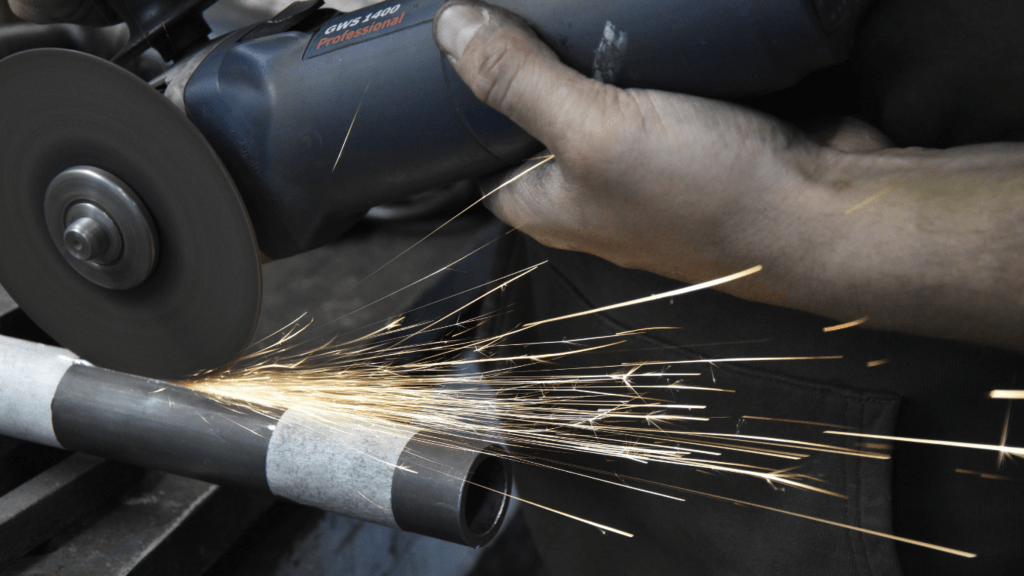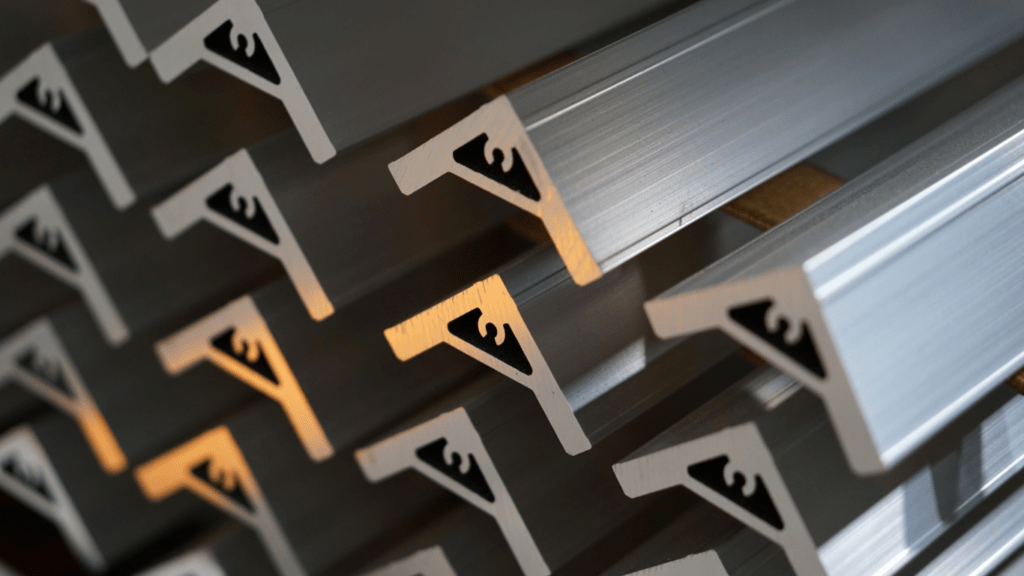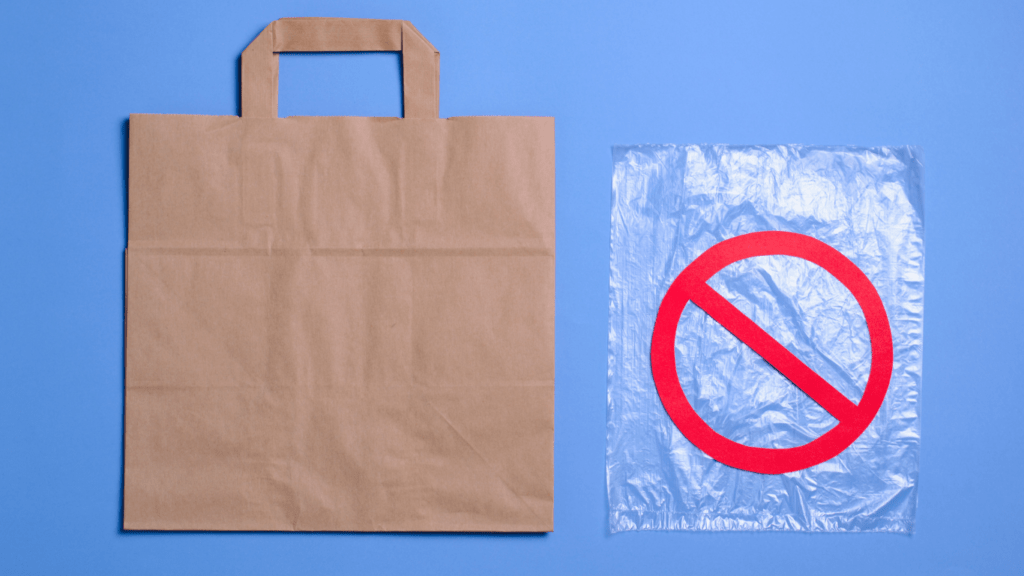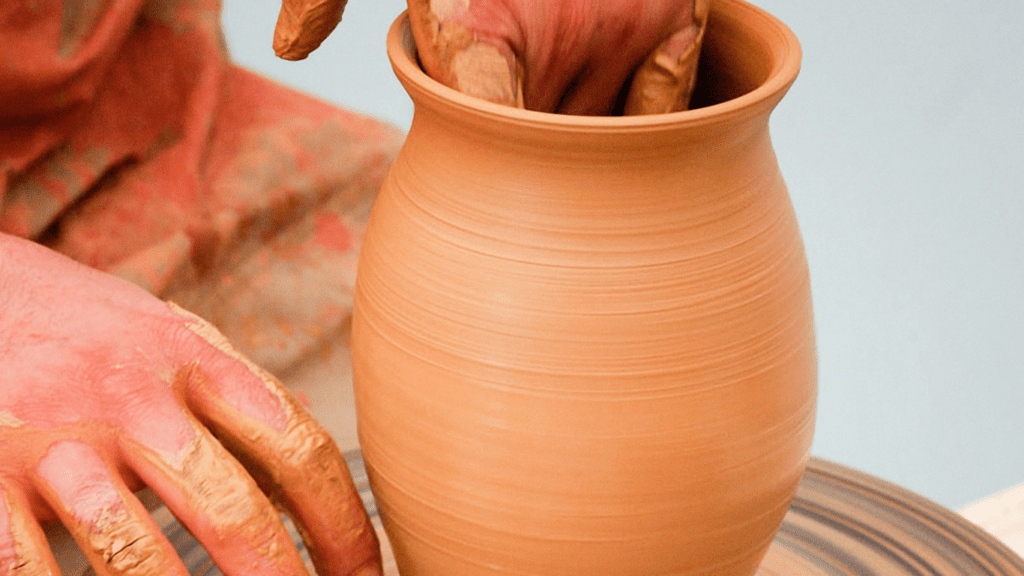When it comes to sculpting, the choice of metal can significantly impact the final outcome of a masterpiece. As a sculptor, I’ve delved into the world of metal sculpting and discovered the nuances of working with various types of metals. In this article, I’ll explore the differences between different metals commonly used in sculpting, helping you make an informed decision for your next artistic endeavor.
From the malleability of copper to the durability of stainless steel, each metal brings its unique characteristics to the sculpting process. Understanding how these metals behave under the artist’s touch can unlock a whole new level of creativity and expression. Join me as we delve into the world of metal sculpting and uncover the beauty and challenges posed by each type of metal.
Types of Metals Used in Sculpting
As a sculptor, I understand the importance of selecting the right metal for each project to achieve the desired artistic vision. Different types of metals offer unique properties that influence the sculpting process and the final outcome. Let’s explore the characteristics of various metals commonly used in sculpting to gain a better understanding of their suitability for artistic endeavors.
Characteristics of Bronze
Bronze is a popular choice among sculptors due to its malleability, allowing for intricate detailing and smooth finishes. It has excellent fluidity when molten, making it ideal for casting complex designs. Additionally, bronze develops a beautiful patina over time, enhancing the visual appeal of sculptures and adding a timeless quality to the artwork.
Properties of Aluminum
Aluminum is favored for its lightweight nature, making it easier to manipulate and transport sculptures created from this metal. It is corrosion-resistant, ensuring the longevity of the artwork even when displayed outdoors. Sculptors appreciate aluminum for its adaptability to various finishing techniques, including polishing, painting, or powder-coating, enabling diverse artistic expressions.
Benefits of Stainless Steel
Stainless steel is renowned for its durability and resistance to corrosion, making it a suitable choice for outdoor sculptures subjected to harsh environmental conditions. Its reflective surface adds a modern and industrial aesthetic to artworks, creating striking visual effects through light play. Sculptors value stainless steel for its ability to maintain its appearance over time with minimal maintenance requirements.
Iron and Steel in Sculpture
Iron and steel are robust metals that provide sculptors with the opportunity to create large-scale artworks with structural integrity. While iron is malleable and relatively easy to shape, steel offers increased strength and can withstand significant weight, making it ideal for monumental sculptures. Both metals lend themselves well to various finishing techniques, allowing artists to achieve diverse textures and visual effects in their creations.
Factors to Consider When Choosing Metal for Sculpting
When selecting a metal for sculpting, several crucial factors come into play that can significantly influence the outcome of the artwork. Understanding the properties of different metals is essential to make an informed decision that aligns with your artistic vision and practical needs.
Durability and Resistance
I prioritize durability and resistance when choosing the metal for my sculptures. Stainless steel stands out in this aspect, offering exceptional durability against the elements, making it an excellent choice for outdoor installations. Its resistance to corrosion ensures longevity, allowing the artwork to maintain its integrity over time without significant maintenance needs.
Malleability and Flexibility
My sculpting process often hinges on the malleability and flexibility of the chosen metal. Bronze, with its exceptional malleability, allows me to create intricate details and achieve fluid forms with ease. The metal’s flexibility grants me the freedom to experiment with various sculpting techniques, pushing the boundaries of creativity in my artworks.
Cost Efficiency
Considering the cost efficiency of the metal is crucial for me as a sculptor. While stainless steel and bronze are popular choices for their unique properties, aluminum emerges as a cost-effective option without compromising on quality. Its lightweight nature reduces material expenses and facilitates easier handling during the sculpting process, making it a practical choice for both small and large-scale sculptures.
Advantages and Disadvantages of Different Metals

When considering different metals for sculpting, it’s essential to weigh the advantages and disadvantages each type offers. Let’s explore the specific characteristics of bronze, aluminum, and stainless steel to make an informed decision.
Pros and Cons of Using Bronze
Bronze is a popular choice among sculptors for its unique properties. Here are some advantages and disadvantages of using bronze:
- Durable: Bronze is known for its durability, making it suitable for outdoor sculptures that need to withstand various weather conditions.
- Malleability: Its malleable nature allows artists to create intricate details and achieve fluid forms with ease.
- Aesthetics: Bronze develops a beautiful patina over time, enhancing the visual appeal of sculptures.
- Cost: While bronze is a premium material, the cost can be a significant factor for artists working within budget constraints.
Advantages and Disadvantages of Aluminum
Aluminum is lauded for its versatility and cost-effectiveness in the sculpting world. Here are some advantages and disadvantages of using aluminum:
- Lightweight: Aluminum’s lightweight properties make it easy to work with, especially for large-scale sculptures that require structural support.
- Corrosion Resistance: Aluminum is highly resistant to corrosion, making it ideal for outdoor installations that are exposed to moisture.
- Cost-Effective: Compared to bronze and stainless steel, aluminum is a more budget-friendly option, allowing artists to create larger pieces without breaking the bank.
- Durability: Stainless steel is exceptionally durable, making it an excellent choice for sculptures that need to withstand harsh environmental conditions.
- Resistance: It boasts high corrosion resistance, ensuring that artworks maintain their quality over time.
- Maintenance: Stainless steel sculptures require regular maintenance to retain their appearance, as they are prone to fingerprints and smudges.
- Cost: While stainless steel is more expensive than aluminum, its longevity and aesthetic appeal justify the investment for certain artistic projects.
Sculpting Techniques for Different Metals
When it comes to sculpting, each metal offers unique opportunities and challenges that artists need to consider. Let’s explore some techniques for sculpting with bronze, methods for aluminum sculpture, and working with stainless steel.
Techniques for Sculpting with Bronze
Sculpting with bronze requires specialized techniques due to the metal’s unique properties. When working with bronze, I often utilize the lost-wax casting method. This method involves creating a wax model, then encasing it in plaster, melting the wax to leave a mold cavity, and pouring molten bronze into the mold. This technique allows for intricate details and precise sculpting that bronze is known for.
Methods for Aluminum Sculpture
Aluminum sculpture offers artists the advantage of lightweight material that is easy to manipulate. I prefer to work with aluminum using welding techniques. Welding aluminum involves using specialized equipment to join pieces of the metal together, allowing for the creation of large-scale sculptures without added weight. Additionally, aluminum’s corrosion resistance makes it suitable for outdoor installations.
Working with Stainless Steel
Stainless steel sculpture presents artists with a durable and long-lasting material for their creations. When sculpting with stainless steel, I often use cutting and welding techniques to shape the metal. Stainless steel’s resistance to corrosion makes it an excellent choice for outdoor sculptures that require minimal maintenance. Despite its higher cost, the longevity and aesthetic appeal of stainless steel justify its use in specific artistic projects.

 Karen Parker is a vital member of the Sculpture Creation Tips team, where her profound love for the art of sculpting is evident in every piece she works on. With years of experience and a deep understanding of various sculpting techniques, Karen has become a trusted mentor to both beginners and seasoned artists alike. Her dedication to the craft is matched only by her passion for teaching, as she creates detailed, easy-to-follow tutorials that help others bring their artistic visions to life. Karen's expertise spans a wide range of materials and styles, allowing her to offer invaluable insights that cater to a diverse audience. Whether through her hands-on guidance or her thoughtful advice, Karen's contributions are instrumental in nurturing a vibrant and supportive community of sculptors, all united by a shared love for this timeless art form.
Karen Parker is a vital member of the Sculpture Creation Tips team, where her profound love for the art of sculpting is evident in every piece she works on. With years of experience and a deep understanding of various sculpting techniques, Karen has become a trusted mentor to both beginners and seasoned artists alike. Her dedication to the craft is matched only by her passion for teaching, as she creates detailed, easy-to-follow tutorials that help others bring their artistic visions to life. Karen's expertise spans a wide range of materials and styles, allowing her to offer invaluable insights that cater to a diverse audience. Whether through her hands-on guidance or her thoughtful advice, Karen's contributions are instrumental in nurturing a vibrant and supportive community of sculptors, all united by a shared love for this timeless art form.
